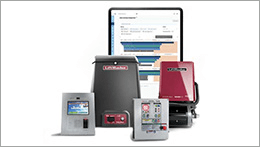How to Turn Your Home into a Smart Home
How to Turn Your Home into a Smart Home
So, you know what a smart home is and have decided to build one. But how do you get started? Creating a smart home is simple, but it helps you understand the basics of how to set one up.
Understanding the Basics of a Smart Home
Let’s start with a simple picture: imagine a smart home as a connected environment that uses devices like cameras and garage door openers to automate or schedule your daily tasks. Your smart devices monitor different processes in the house, such as energy or water use, and communicate this data to a central hub.
Smart device data tells you all you need to know about your home: how much energy you’re using, whether your garage is secure, and whether you're reaching your allocated daily energy limit.
One of the main benefits of a smart home is convenience. In addition to that, smart homes can increase home security and ease of access to your home.
How to Make Your House Smart
Next, we’ll provide you with a step-by-step guide to transforming your home:
- First, consider your objectives: Are you a busy person with no time for daily chores? Do you need additional home security when your kids are coming from the house? Or perhaps you need greater accessibility in the home and hands-free control.
- Ensure you have a Wi-Fi connection: Smart tech needs Wi-Fi to work, so check your Wi-Fi situation first. If you live in a busy apartment complex, use an app to check for any possible interference.
- Looking for security? If you’re considering installing smart security cameras, find the best installation locations. Common examples are your front door or a room where you keep expensive work equipment.
- Work out your budget: Since there are so many options on the market for people of all budgets, consider what you’re looking for from smart tech and how much you’re willing to spend.
- Decide what ecosystem to use: Smart devices need to communicate with each other to function, so choosing an ecosystem of smart home must-haves is a really important step. Seamless compatibility means seamless integration. myQ’s ecosystem is secure, and you can access it remotely and via voice recognition tech.
- Choose your hub: Once you’ve chosen your ecosystem, think about the easiest way to access your smart devices. Your hub could be your smartphone, for example, myQ’s Smart Garage Control hub lets you control your myQ smart garage door opener from anywhere, anytime.
- Purchase your smart devices: Finally, we’re at the fun part. It’s time to buy the smart devices you need! Smart houses are highly customizable, and you can do this by choosing the smart tech that best suits your personal requirements.
- Make sure your smart devices are connected via Wi-Fi or Bluetooth connections: If you’re using a hub like your smartphone, you’ll need to download an app to control your smart devices.
- You’re set! Congratulations, you’re all ready to use your smart devices, schedule your daily tasks, and monitor security.
Setting Up Your Smart Home with Ease
Considering your objectives is your first step and a key part of the process of setting up your smart home. If you need easy garage access and cameras for indoor and outdoor surveillance, myQ provides several simple solutions:
- Smart garage cameras and remote video keypads: Receive in-car notifications about your garage access. You can also use myQ garage door openers to open and close your garage remotely. View garage access remotely with our remote video keypad
- Indoor cameras: Indoor cameras provide around-the-clock surveillance, with added night vision, smart motion detection and notifications straight to your hub – letting you know about any unexpected guests
- Outdoor cameras: Our outdoor cameras work in all weather and provide full-color night vision for added detail
- Garage cameras: Gain instant live-streaming video and video history access with a garage camera
How to Make Sure Devices are Compatible
To talk to each other, your devices need to speak the same language. Achieving this is simple by using one ecosystem. Not only can choosing one ecosystem ensure smooth communication between all your different devices, but it also means that you can control everything you need to with one hub.
Setting up your smart home is easy once you know a) what your goals are, b) whether your internet connection can support one and b) what your budget is for your smart home transformation. If you’re looking for security and easy garage access, myQ ’s ecosystem could be your right choice.
Sources
Technopedia. How to Build a Smart Home: A Step-by-Step Guide 2024. https://www.techopedia.com/how-to/how-to-build-a-smart-home
Wired. The Ultimate Guide to Setting Up Your Smart Home. https://www.wired.com/story/how-to-set-up-smart-home/
Research Gate. Smart Homes: Steps, Components, Utilities and Challenges. https://www.researchgate.net/publication/325117496_Smart_Homes_Steps_Components_Utilities_and_Challenges
 Smart Cameras
Smart Cameras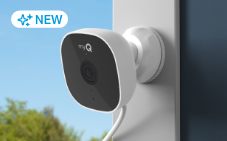
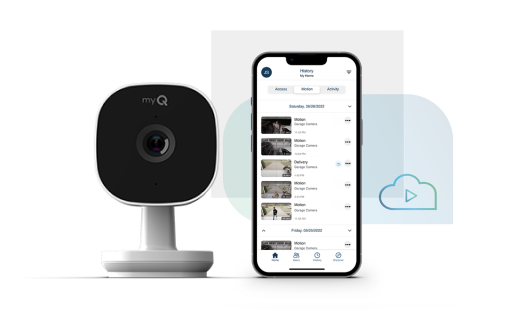
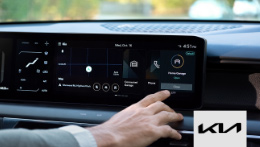
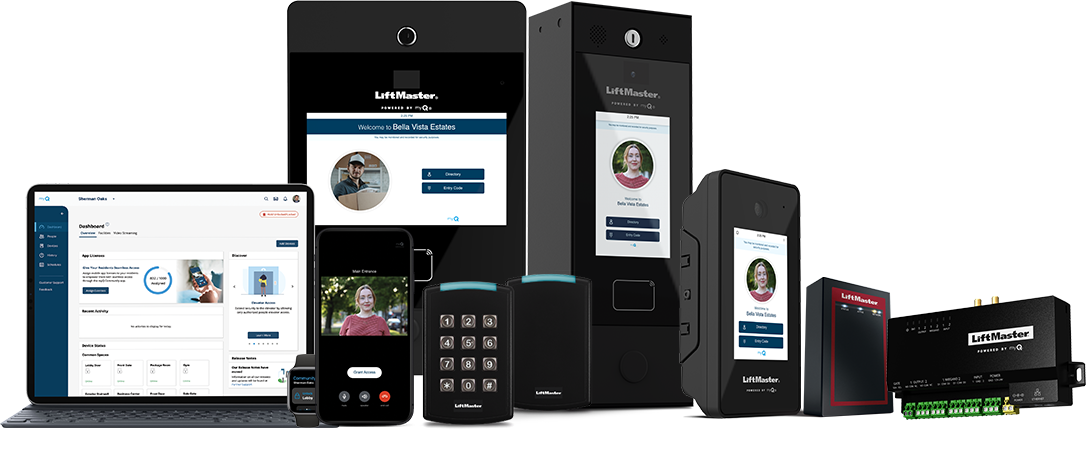
 Fire Station
Fire Station